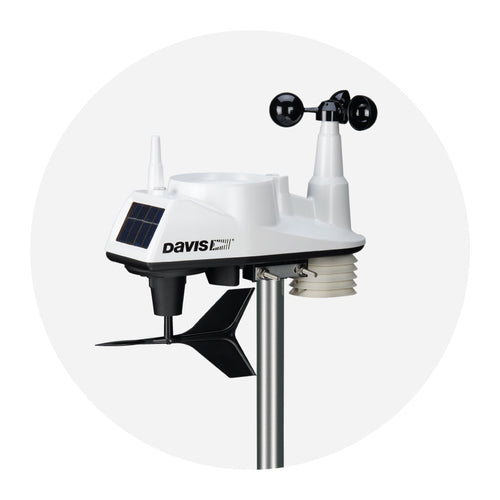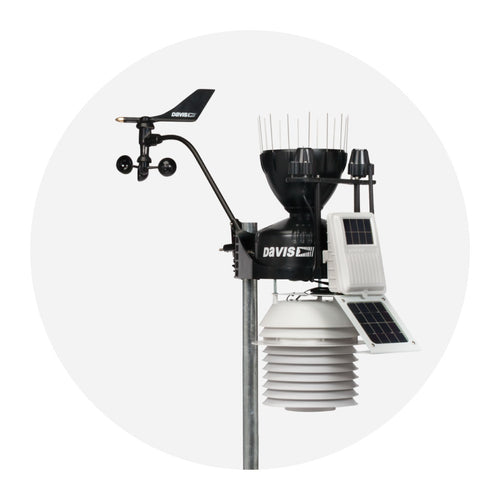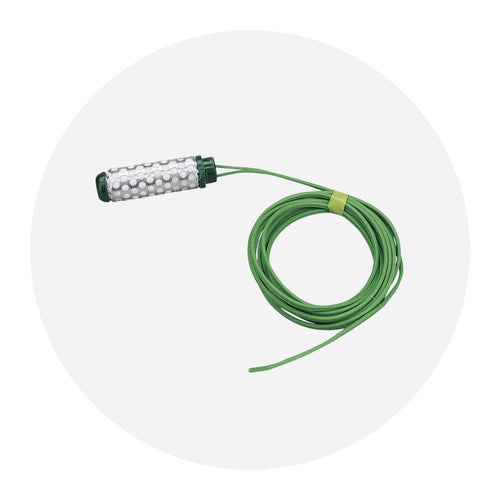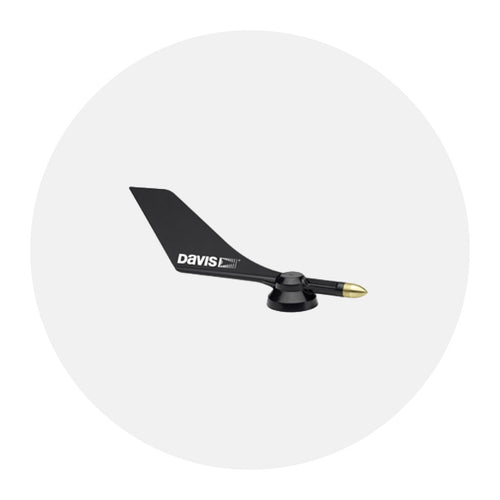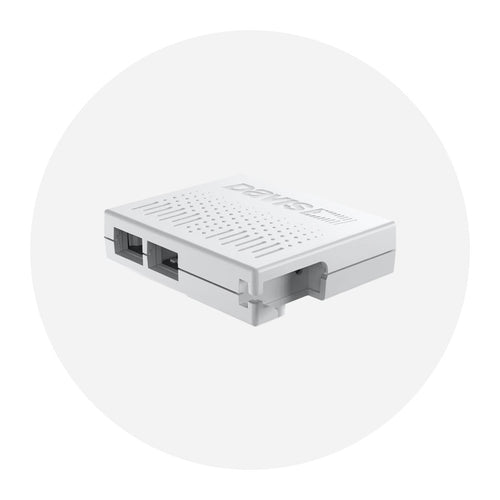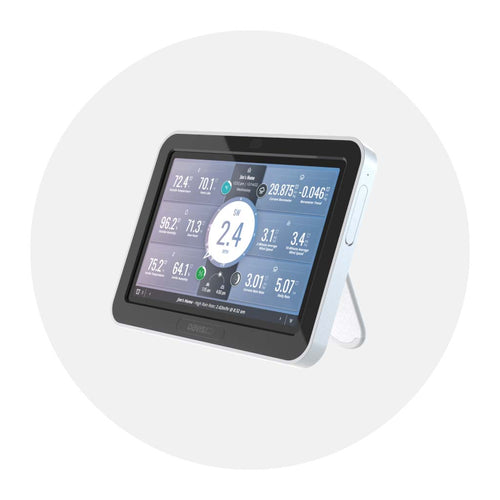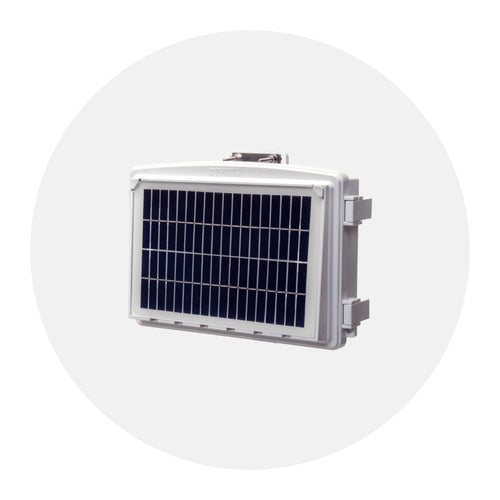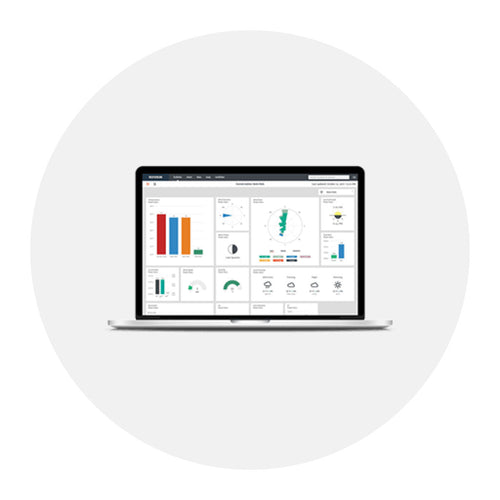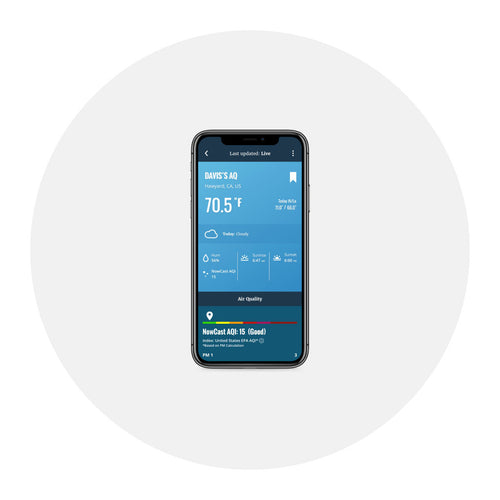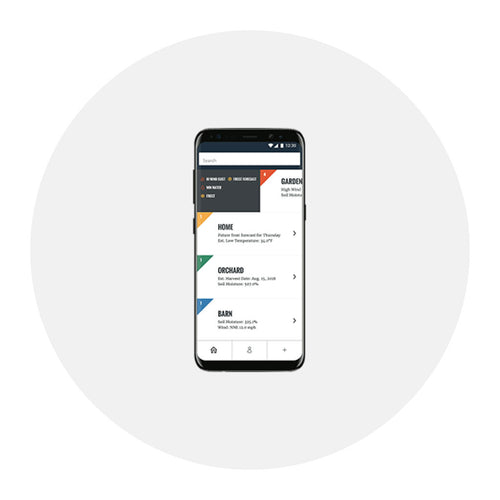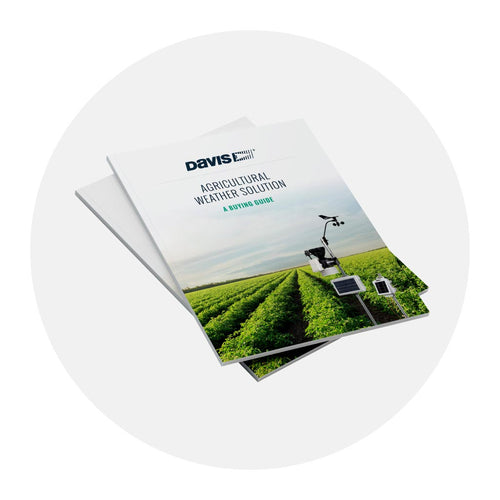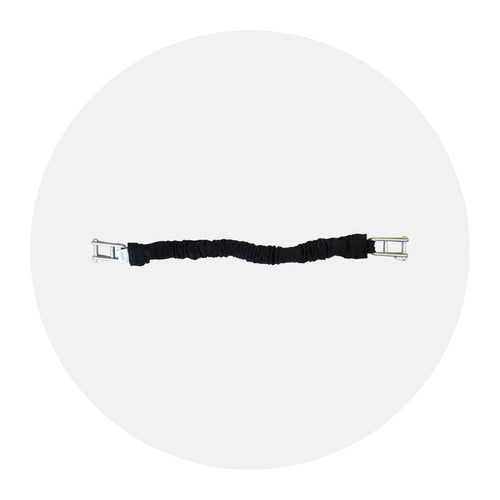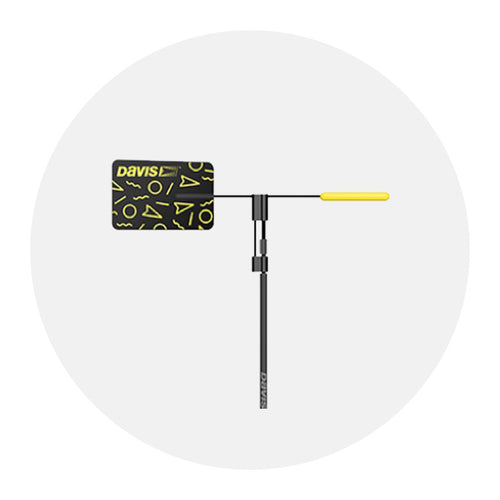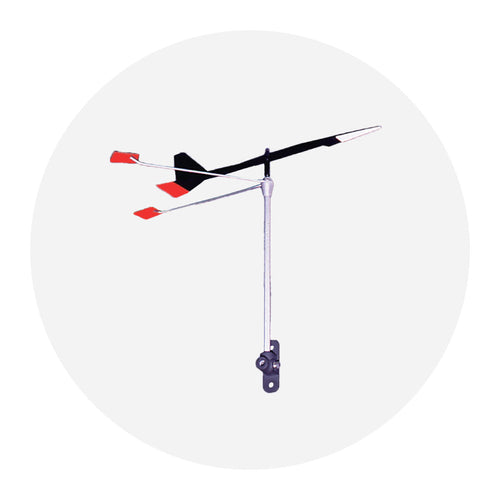
6 Ways Davis Weather Station Users Can Share Their Meteorological Data
So you have your weather station out there monitoring your own little microclimate. (Wait, what? You don’t? Click here!)
Now you’ve got data, lots of wonderful data. Next, you need to expand the reach of that data to your friends, both the ones you know and the ones you don’t, who want to know what is happening in your area. WeatherLink.com makes sharing your weather data with the world easy.
Individual weather station owners sharing local data is good for the scientific world. Data shared with the National Weather System and local meteorologists helps drive better forecasts, both locally and on a larger scale by improving computer modeling data.
Your family, neighbors, and other people in your community can use your data to increase their own safety and the safety of people around them. They can compare their own data to yours and identify small scale systems that drive large scale systems (and vice versa). Even those who don’t (yet) have their own Vantage Vue or Vantage Pro2 can benefit by accessing your current weather data.
Here are 6 different ways you can share your Davis weather station data:
1. Make sure your current data is available on the WeatherLink.com map
Make your WeatherLink.com station “public” so that your current data appears on the WeatherLink map for others to view and learn from.

Anyone can create a free WeatherLink.com account and browse the map to see a snapshot of any public station’s current data. By clicking your station, they’ll see your outside temperature and humidity, wind speed and direction, barometric pressure, rain, and air quality. Clicking the Bulletin button will take them to your dashboard, where they can get all the details. (Inside data does not appear.)
As a public station, your current data will also be available on the WeatherLink mobile app, available to anyone who wants to know about conditions in your area. They can "Save" your station for quick referral to it at anytime.

2. Encourage your fans to SAVE your station
Steve Hopley can tell you all about having fans enjoy his data so much they save it to refer to frequenty. His Cannock Chase Weather is the grand champion, having been "saved" by almost 600 users. The Cannock Chase Weather site gives daily forecasts for his part of the countryside near Staffordshire, England. His forecasts are based on his Davis Vantage Pro2 with Daytime Fan-Aspirated Radiation Shield.

Steve Hopley, the man behind Cannock Chase Weather, in his happy place.
"I get my equipment from Prodata (@UKWeatherData) in the UK," he told us. "My next addition is going to be an AirLink so I can monitor air quality too."
We asked him what his secret for such popularity was and he told us, “I give realistic daily weather forecasts for the local area, using data from my weather station, different models, satellite images and rain radar. Followers like seeing the graphs from my weather station, especially when I explain what has just happened or is about too.”
Steve mentioned our interest in his “fan club” on his Facebook page and his fans chimed in immediately, chorusing: “Accurate forecasts!” (Many added that Steve is a super nice guy too!) It looks like if Steve tells you it will rain at 4 P.M., then it will, indeed, rain at 4 P.M.
Steve added that he follows other UK Davis stations on WeatherLink.com as well.
“I use other Davis weather stations on WeatherLink around the UK to see what is happening in their area, so I can pinpoint where centres of low pressure systems are and weather fronts. My data is also on my webpage what I encourage followers to view it -- trying to bring some education to it too.”
You can also find Cannock Chase Weather on Twitter @cannockchasewx.
3. Share your URL
Weather buff Larry lives in a neighborhood with a community pool. Since he has a Vantage Pro2 Plus with solar and UV sensors, he has made sure his community association has and posts his WeatherLink.com URL where pool-users can see it.
“I’ve had families send me thank you notes for this,” Larry said. “They really like that they can just go right to my URL, without having to have a WeatherLink.com account. And the homeowners association even used my information to justify the expense of adding a shade cover to the wading pool.”
Sharing your WeatherLink.com URL with family and friends is easy. You can embed the URL on your webpage, or insert it in your email signature. To get the URL, click the Share & Uploads button on the upper right of your WeatherLink.com dashboard. Then click Embed, choose the format you like, and copy the link.

4. Share your archive data with Pro and Pro+ Shares
The real fun with weather data begins when you share your archived (historical) data with select people. You’ll need to upgrade to Pro or Pro+ to share your archived data. A Pro upgrade lets you share with six other users; a Pro+ upgrade lets you share with 10 other users.
This is a great option if you are working with a team who all need to be able to access the data. For example, a school site might include the URL to their WeatherLink.com page to let teachers, parents, and students access current data, and then share their archive data with 10 classroom teachers so that students can analyze that data as part of their curriculum.
Our Tech Support Director, Brett, has lots of Pro shares on his WeatherLink.com account. A true Weather Nerd in the highest and most grand sense, Brett is constantly installing stations, sensors, and repeaters on his roof, front yard, back yard – wherever he can. After fielding many questions about what those spinning things are on his roof from so many of his neighbors, he gave everyone in his neighborhood his URL, and to those who love data like he does, he gave Pro shares.
“Now my neighbors text me with questions about data. I love to graph data and have converted a few of my neighbors to create data graphs. I love it when they stop by while walking the dog to say, ‘Did you see that low last night? I graphed the whole day's temps, wind and humidity.’”
To upgrade to Pro or Pro+, click Device Tier at the top of your bulletin.

To share your station, first make sure the person with whom you want to share your data has created a WeatherLink.com account. Then click Share & Uploads, then Share, and type in that person’s email address.
5. Dive into the data, even if you don't have a weather station
You can upgrade someone else’s public station to access archive data and explore the storm events, highs and lows, and averages of the past. Just open the bulletin for the desired station and click Device Tier to use one of your Pro or Pro+ device upgrades.

6. Upload to a third-party site
You can add your data to a third-party site, such as CWOP or Weather Underground. To do this click Share & Uploads, then choose Upload, Add Upload. If you have a free basic WeatherLink.com account, your data will be automatically uploaded to that site every 15 minutes. If you have upgraded to a Pro or Pro+, you can choose more frequent uploads.
Your station’s data is important.
As Meteorologist Scott Dimmich says, “All weather is local. Sure, patterns and cycles in the atmosphere impact the oceans, the patterns and cycles of the ocean affect the atmosphere; the larger scale features affect the smaller-scale features, and the smaller-scale features can affect the large-scale features. But ultimately, you care about the current conditions and the forecast for where you live. Not a state to the west, not a county to the west, not a city to the west, but where you live. And that’s why all weather is local. As a meteorologist, you must think globally and forecast locally.”
So share that data! Spread it around; let it add to the group knowledge and improve safety and forecasting. Let it help your neighbors and best of all, let it help the world understand and respect the weather.
In the face of escalating environmental risks, AEM is the essential source for insights on weather, climate, lightning, floods, wildfires, water management, and more.
Learn more about AEM and all of our solutions here.


